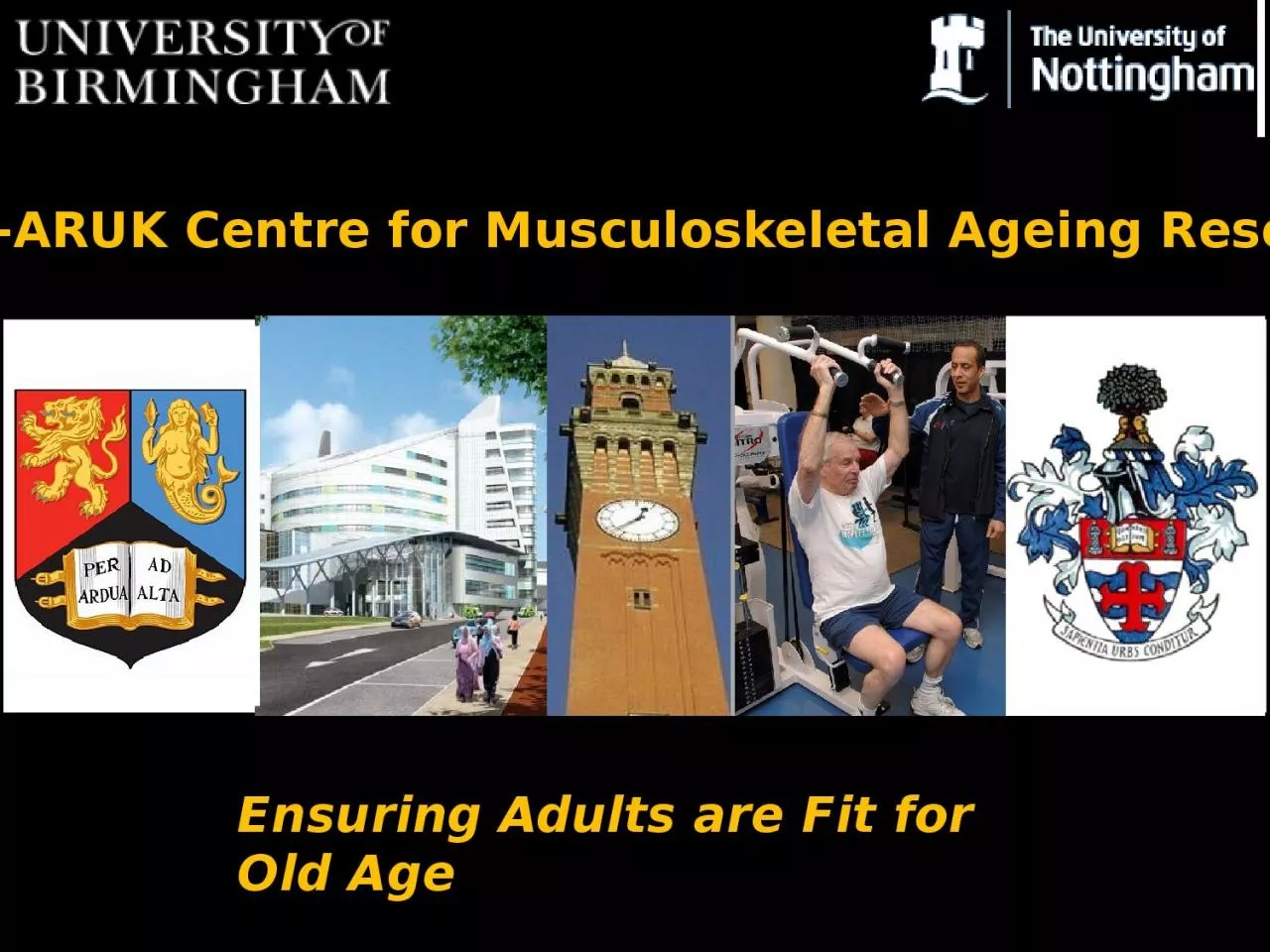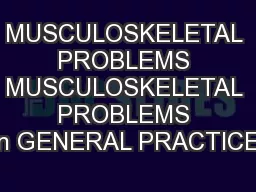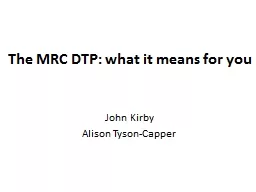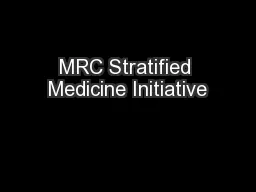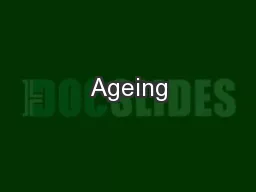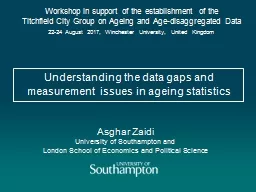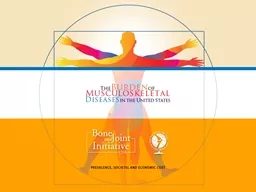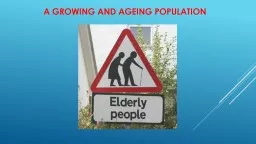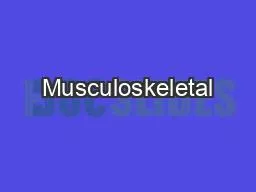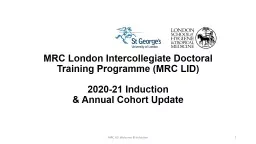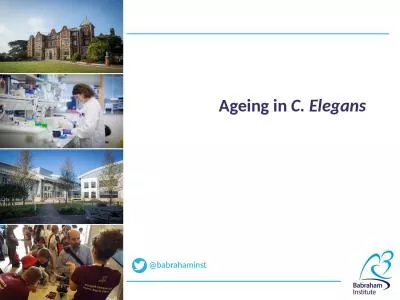PPT-MRC-ARUK Centre for Musculoskeletal Ageing Research
Author : Dollface | Published Date : 2022-08-04
Ensuring Adults are Fit for Old Age ARUKMRC Centre for Musculoskeletal Ageing Research Translating Research Into Clinical Practice Professor Tahir Masud Promoting
Presentation Embed Code
Download Presentation
Download Presentation The PPT/PDF document "MRC-ARUK Centre for Musculoskeletal Age..." is the property of its rightful owner. Permission is granted to download and print the materials on this website for personal, non-commercial use only, and to display it on your personal computer provided you do not modify the materials and that you retain all copyright notices contained in the materials. By downloading content from our website, you accept the terms of this agreement.
MRC-ARUK Centre for Musculoskeletal Ageing Research: Transcript
Download Rules Of Document
"MRC-ARUK Centre for Musculoskeletal Ageing Research"The content belongs to its owner. You may download and print it for personal use, without modification, and keep all copyright notices. By downloading, you agree to these terms.
Related Documents

